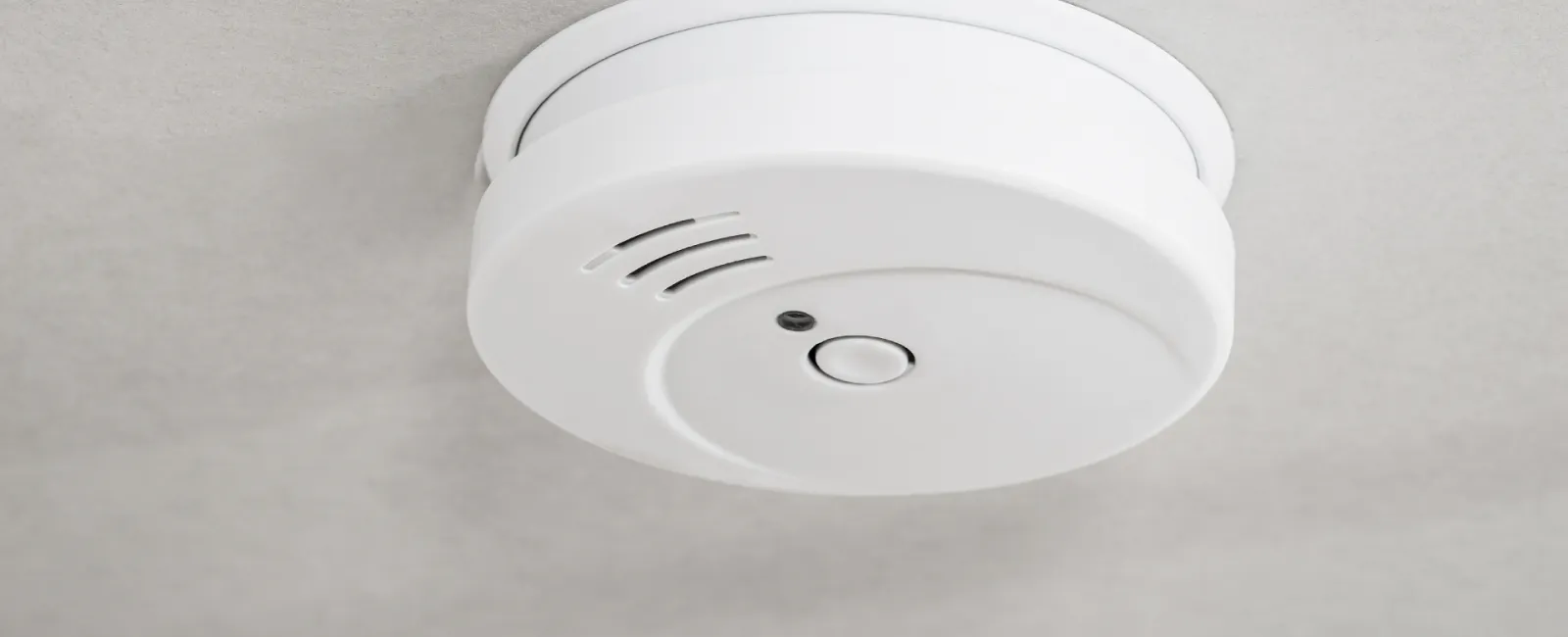Carbon Monoxide: The Silent Killer Lurking in Your Home
Carbon monoxide (CO) is often referred to as "the silent killer"—and for good reason. This toxic gas is colorless, odorless, and tasteless, making it virtually undetectable without the proper equipment. Prolonged exposure can lead to serious health issues, permanent damage, or even death. Tragically, many victims of CO poisoning have no idea there's a leak until it's too late.
According to the CDC, over 400 people die each year in the U.S. from unintentional CO poisoning, and more than 100,000 visit the emergency room. The good news? These tragedies are entirely preventable.
In this blog, we'll explore the top warning signs of a carbon monoxide leak and how to protect your Atlanta home with reliable CO detection solutions.
Common Warning Signs of a Carbon Monoxide Leak
While carbon monoxide itself has no smell or taste, certain indirect clues can signal a possible leak. Knowing these signs could save your life.
1. You Smell Exhaust or Burning Odors
Although CO is odorless, you may still smell exhaust-like fumes associated with malfunctioning fuel-burning appliances.
-
Indoors: You may detect a burning or smoky smell near stoves, water heaters, or furnaces.
-
Outdoors: Near backup generators or running vehicles in attached garages, it may resemble the smell of car exhaust.
If you notice this kind of smell—especially in a closed space—evacuate immediately and call a professional.
2. Pilot Lights Frequently Go Out
Gas appliances like water heaters, furnaces, or ovens rely on a steady pilot light to burn fuel cleanly.
If the pilot light keeps extinguishing:
-
It may be a sign of improper combustion.
-
A malfunction could lead to the build-up of carbon monoxide when the appliance is restarted.
Don't ignore this sign. Have a technician inspect the system and install a CO detector nearby.
3. Soot Build-Up Around Vents or Appliances
Ventilation issues can lead to dangerous CO buildup in your home. One visible sign is black or brown soot stains near:
-
Chimney flues
-
Furnace vents
-
Stove exhausts
Improper exhaust flow means CO isn't venting outside as it should, increasing your family's risk of poisoning.
4. Brownish-Yellow Stains Near Gas Appliances
Discoloration around gas appliances could mean there's a fuel leak or incomplete combustion—both of which are red flags for CO production.
Look for stains near:
-
Gas ovens
-
Dryers
-
Furnaces
-
Boilers
These stains typically occur from combustion byproducts settling around improperly sealed connections.
5. Your Family Has Flu-Like Symptoms—But No Fever
One of the most dangerous aspects of carbon monoxide poisoning is how easily it mimics common illnesses. Victims often report:
-
Headaches
-
Dizziness or lightheadedness
-
Nausea and vomiting
-
Fatigue or confusion
-
Chest pain or difficulty breathing
If multiple people in your home are experiencing symptoms at the same time—especially in winter or after using a gas appliance—seek medical help immediately and ventilate your home.
Bonus Signs You Might Miss
Some additional warning indicators include:
-
Condensation on windows near appliances
-
Stale or stuffy air with no obvious cause
-
Unexplained pets acting lethargic or sick
-
Chirping CO detectors, signaling low battery or malfunction
How to Protect Your Home From Carbon Monoxide
Preventing carbon monoxide poisoning starts with proactive measures. Here's what experts recommend:
✅ Install CO Detectors on Every Floor
Place detectors:
-
Outside every sleeping area
-
On each level of your home
-
Near attached garages or fuel-burning appliances
✅ Choose Monitored CO Systems
Smart CO detectors like those offered by Ackerman Security don't just sound an alarm—they alert emergency responders automatically, even if you're not home.
✅ Perform Annual Maintenance
-
Have all fuel-burning appliances (furnaces, stoves, water heaters) inspected yearly.
-
Clean chimneys and flues regularly.
-
Never use outdoor grills, generators, or space heaters indoors.
✅ Avoid Common Mistakes
-
Don't leave your car running in an enclosed garage.
-
Never ignore a CO detector alarm—even if it stops.
-
Replace detectors every 5-7 years, depending on the manufacturer's instructions.
Trust Ackerman Security to Keep You Safe
At Ackerman Security, we offer the most advanced carbon monoxide detection and 24/7 monitoring systems available. If unsafe levels of carbon monoxide are detected, we'll instantly alert emergency services—giving you time to get to safety and protect what matters most.
Get a Free Quote Today
Call us at 800.552.1111 or schedule online for a no-obligation estimate on carbon monoxide monitoring solutions for your home. Don't wait until it's too late—your family's safety is worth it.
Disclaimer: This article is for informational purposes only and does not constitute medical advice. For official guidance, visit the CDC's Carbon Monoxide Poisoning. If you suspect CO exposure, call 911 or seek emergency medical care immediately.






